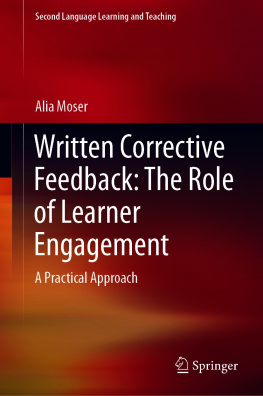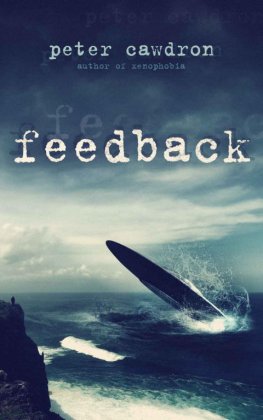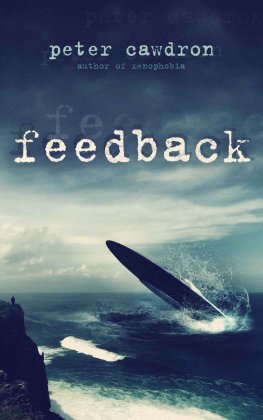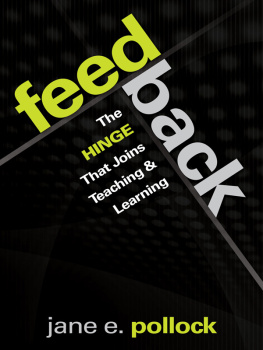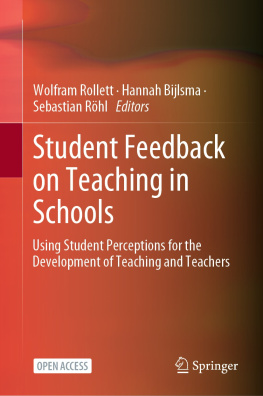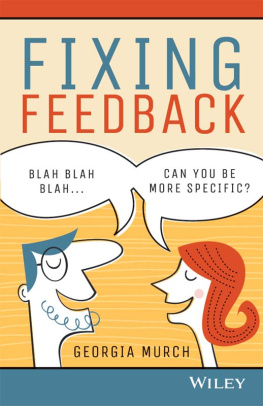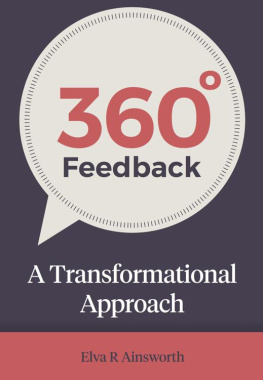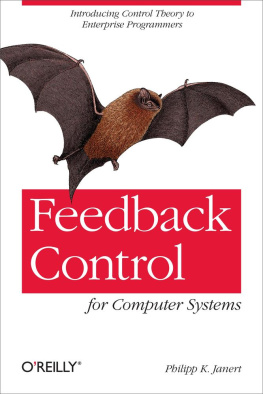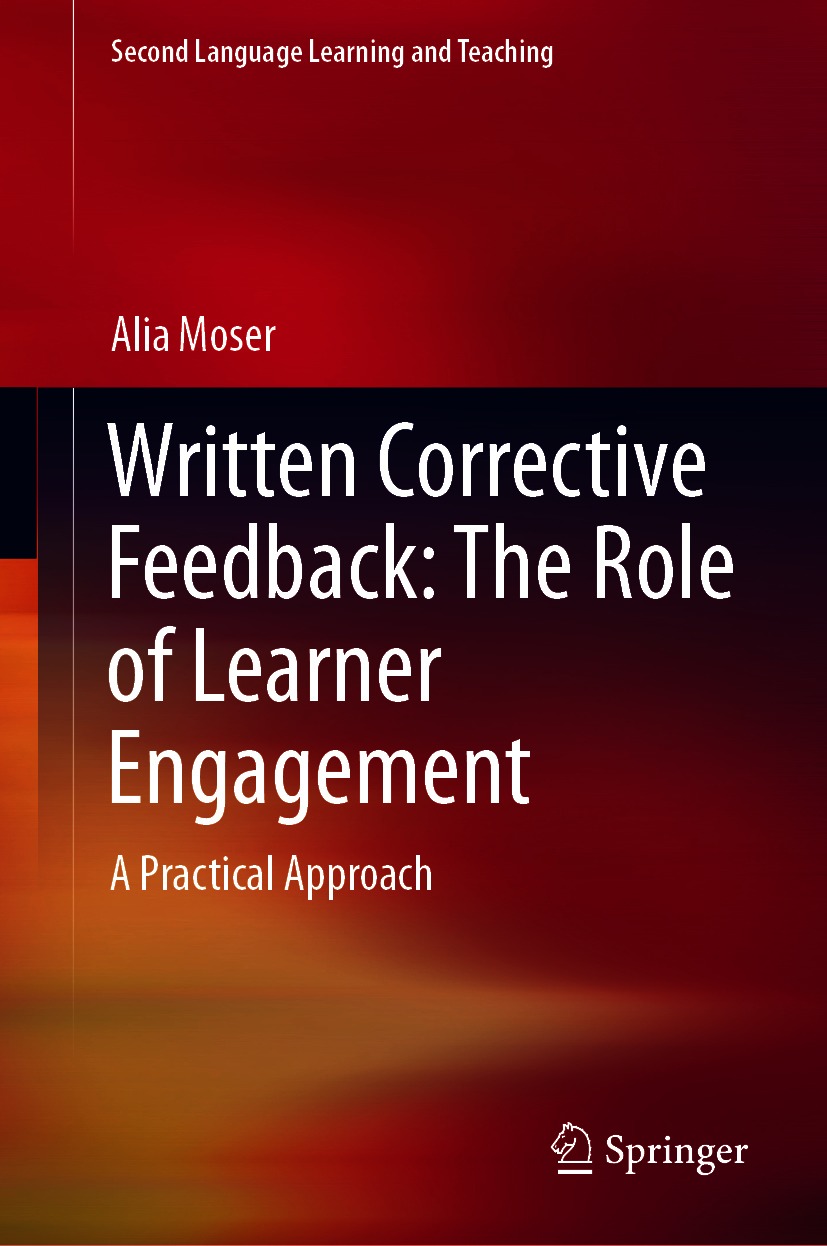Second Language Learning and Teaching
Series Editor
Mirosaw Pawlak
Faculty of Pedagogy and Fine Arts, Adam Mickiewicz University, Kalisz, Poland
The series brings together volumes dealing with different aspects of learning and teaching second and foreign languages. The titles included are both monographs and edited collections focusing on a variety of topics ranging from the processes underlying second language acquisition, through various aspects of language learning in instructed and non-instructed settings, to different facets of the teaching process, including syllabus choice, materials design, classroom practices and evaluation. The publications reflect state-of-the-art developments in those areas, they adopt a wide range of theoretical perspectives and follow diverse research paradigms. The intended audience are all those who are interested in naturalistic and classroom second language acquisition, including researchers, methodologists, curriculum and materials designers, teachers and undergraduate and graduate students undertaking empirical investigations of how second languages are learnt and taught.
More information about this series at http://www.springer.com/series/10129
Alia Moser
Written Corrective Feedback: The Role of Learner Engagement
A Practical Approach
1st ed. 2020

Logo of the publisher
Alia Moser
Bundeshandelsakademie Baden, Baden, Austria
ISSN 2193-7648 e-ISSN 2193-7656
Second Language Learning and Teaching
ISBN 978-3-030-63993-8 e-ISBN 978-3-030-63994-5
https://doi.org/10.1007/978-3-030-63994-5
Springer Nature Switzerland AG 2020
This work is subject to copyright. All rights are reserved by the Publisher, whether the whole or part of the material is concerned, specifically the rights of translation, reprinting, reuse of illustrations, recitation, broadcasting, reproduction on microfilms or in any other physical way, and transmission or information storage and retrieval, electronic adaptation, computer software, or by similar or dissimilar methodology now known or hereafter developed.
The use of general descriptive names, registered names, trademarks, service marks, etc. in this publication does not imply, even in the absence of a specific statement, that such names are exempt from the relevant protective laws and regulations and therefore free for general use.
The publisher, the authors and the editors are safe to assume that the advice and information in this book are believed to be true and accurate at the date of publication. Neither the publisher nor the authors or the editors give a warranty, expressed or implied, with respect to the material contained herein or for any errors or omissions that may have been made. The publisher remains neutral with regard to jurisdictional claims in published maps and institutional affiliations.
This Springer imprint is published by the registered company Springer Nature Switzerland AG
The registered company address is: Gewerbestrasse 11, 6330 Cham, Switzerland
Acknowledgements
Written corrective feedback has always been an important part of my teaching, especially a need to understand why learners engage with written CF, which has led me to conduct a small-scale study in order to investigate mediating factors impacting on learners engagement with written CF. The English Department at Graz University, especially, plays an important role in this respect, and I have to thank Margit Reitbauer for being a superb supervisor during my studies and the writing of the book at hand. Her views on the respective chapters of it and the advice she provided, guided me in my quest for getting to the bottom of learner engagement with written CF.
Teaching at school and writing a book at the same time has been rather challenging, hence I must acknowledge the administration of my school, who permitted me to conduct my study with my former students. Additionally, I also want to thank those colleagues at school that showed genuine interest in my research and encouraged me along the way.
What would I do without my family? Education has always been very important for all of us and my family is one of the reasons that I could study at Graz University and teach at various institutions abroad. Knowing that they are interested in what I am doing and they always asking how I was getting on helped me through the ups and downs while writing. I want to thank them all for believing in me.
My partner, Christian Kostial, for being there every day and encouraging me to commence this endeavour of writing a book while teaching full-time. He had to endure me constantly talking about written CF and learner engagement, but never got tired of listening to me. Not only did he support me all the way to the finish line, he also gave me valuable feedback as well. I cannot have met a better person to share my life with.
Finally, I am especially grateful to all my students past and present, who challenge and encourage me to continually make adjustments to my teaching practice. I dedicate this book to those twelve students that took part in my pilot study as well as the actual study. Without their honesty, curiosity and willingness to share their opinions on written CF with me, this book would never have been possible.
Contents
List of Figures
List of Tables
Springer Nature Switzerland AG 2020
A. Moser Written Corrective Feedback: The Role of Learner Engagement Second Language Learning and Teaching https://doi.org/10.1007/978-3-030-63994-5_1
1. Introduction
Alia Moser
(1)
Bundeshandelsakademie Baden, Baden, Austria
Why another book on written CF? Is this really necessary? Some might argue there have been enough studies on it already and others might disagree, because there are still areas that need to be investigated more thoroughly. Hence, I would like to give at least two reasons for the need for yet another book on written CF: First, research on written CF has not ceased to be popular among researchers and they vary in their opinions on its effectiveness for language learning (e.g., Cohen, ).
The first essential decision when undertaking research in the area of feedback is whether to investigate oral and/or written feedback. One of the advantages of written CF is definitely the permanence of written texts. In contrast to oral feedback, learners can always go back to their written texts as well as when producing these, they have more time to think about linguistic structures they want to use, developing their arguments, etc. This permanence of written texts is one of the reasons, I am particularly interested in feedback on these. I have been asking myself for quite a while about the most beneficial way to give written CF which will result in most learners engaging positively with the feedback they get. As Ellis (), but appeared to be one innovative way to tackle the issue of learners engagement with it.
Not surprisingly, written CF is one of the areas any language teacher has to deal with very often, and research has also investigated this area quite extensively. Some learners engage with written CF provided by teachers, others hardly ever, or never. The teachers role in written CF has been researched in manifold ways, but few studies focus on the role of the learners, and how they react to the feedback provided (see Handley et al., ) stressed that although feedback is a central aspect of L2 writing programs across the world, the research literature has not been equivocally positive about its role in L2 development, and teachers often have the sense they are not making use of its full potential. (p. 83). Exactly this notion of not making the best use of feedback was one of the reasons for this book. One question has kept coming up during my teaching too: What kind of feedback should be used to foster learners willingness to work with it?

